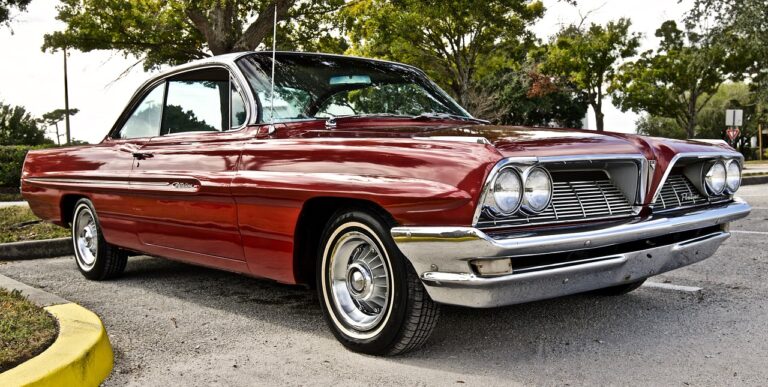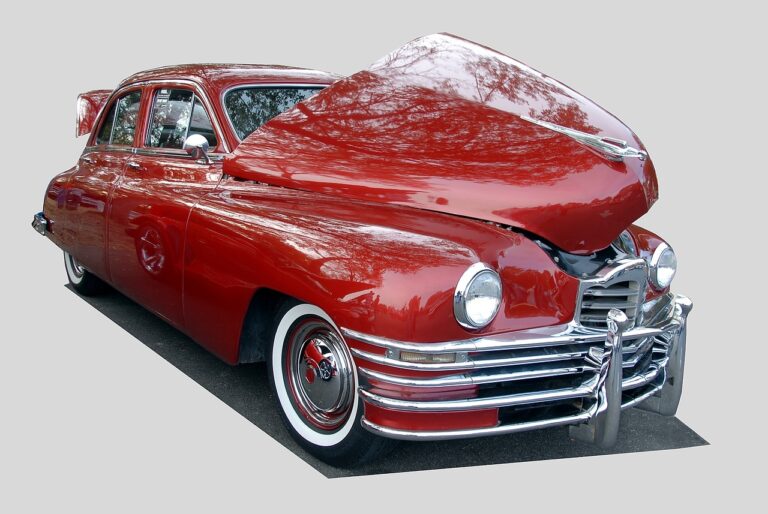Understanding the Role of Automotive Air Conditioning in Vehicle Interior Surface Material Selection
laser book login, silverexchange.com login, 11xplay online:Understanding the Role of Automotive Air Conditioning in Vehicle Interior Surface Material Selection
When it comes to designing the interior of a vehicle, there are a lot of factors to consider. One crucial element that often goes overlooked is the role of automotive air conditioning in selecting the appropriate surface materials for the interior of the vehicle. In this article, we will explore why it is essential to take into account the impact of air conditioning on interior surfaces and how it can influence the material selection process.
The Role of Automotive Air Conditioning
Automotive air conditioning plays a vital role in ensuring passenger comfort during hot summer days. It helps regulate the temperature inside the vehicle, making it a more pleasant environment for both drivers and passengers. However, the cooling system can also have a significant impact on the interior surfaces of the vehicle.
One of the primary ways in which automotive air conditioning affects interior surfaces is through temperature variations. When the air conditioning is turned on, the temperature inside the vehicle can drop significantly, causing materials such as leather, plastic, and fabric to contract. This repeated expansion and contraction can lead to wear and tear on the surface materials, causing them to deteriorate over time.
Another important factor to consider is the condensation that can form on interior surfaces when the air conditioning is running. Condensation occurs when warm, humid air inside the vehicle comes into contact with cool surfaces, such as windows and door panels. This moisture can lead to the growth of mold and mildew, which can damage the interior surfaces and pose health risks to occupants.
Material Selection Considerations
Given the impact of automotive air conditioning on interior surfaces, it is essential to consider these factors when selecting materials for the vehicle’s interior. Here are some key considerations to keep in mind:
1. Durability: Choose materials that are resistant to temperature fluctuations and moisture to ensure longevity and minimize wear and tear.
2. Easy to clean: Select materials that are easy to clean and maintain to prevent the buildup of mold and mildew caused by condensation.
3. Comfort: Consider the comfort of passengers by choosing materials that are soft, breathable, and provide a pleasant tactile experience.
4. Aesthetics: Opt for materials that enhance the overall aesthetic of the vehicle’s interior while also meeting performance requirements.
5. Cost-effectiveness: Balance cost considerations with the quality and performance of the materials to ensure value for money.
6. Sustainability: Choose environmentally friendly materials that are recyclable and have a minimal impact on the environment.
By considering these factors, designers and manufacturers can select the most appropriate materials for the vehicle’s interior that will withstand the rigors of automotive air conditioning and provide a comfortable and aesthetically pleasing environment for passengers.
FAQs
Q: Can leather be used for interior surfaces in vehicles with air conditioning?
A: While leather is a popular choice for vehicle interiors due to its luxurious look and feel, it can be susceptible to damage from temperature fluctuations and condensation caused by air conditioning. It is essential to choose high-quality, durable leather that is treated to withstand these conditions.
Q: What are some alternative materials for vehicle interior surfaces?
A: Some alternative materials for vehicle interior surfaces include synthetic leather, fabric, vinyl, and suede. These materials offer a cost-effective and durable option for vehicle interiors while providing a comfortable and aesthetically pleasing environment for passengers.
Q: How can I prevent condensation on interior surfaces?
A: To prevent condensation on interior surfaces, ensure that the air conditioning system is properly maintained and functioning correctly. Keep the interior of the vehicle clean and dry, and use a dehumidifier if necessary to reduce moisture levels inside the vehicle.
In conclusion, understanding the role of automotive air conditioning in vehicle interior surface material selection is essential for creating a comfortable, durable, and aesthetically pleasing interior environment for passengers. By considering the impact of air conditioning on interior surfaces and choosing materials that can withstand these conditions, designers and manufacturers can create a high-quality interior that meets the needs and expectations of today’s discerning consumers.







